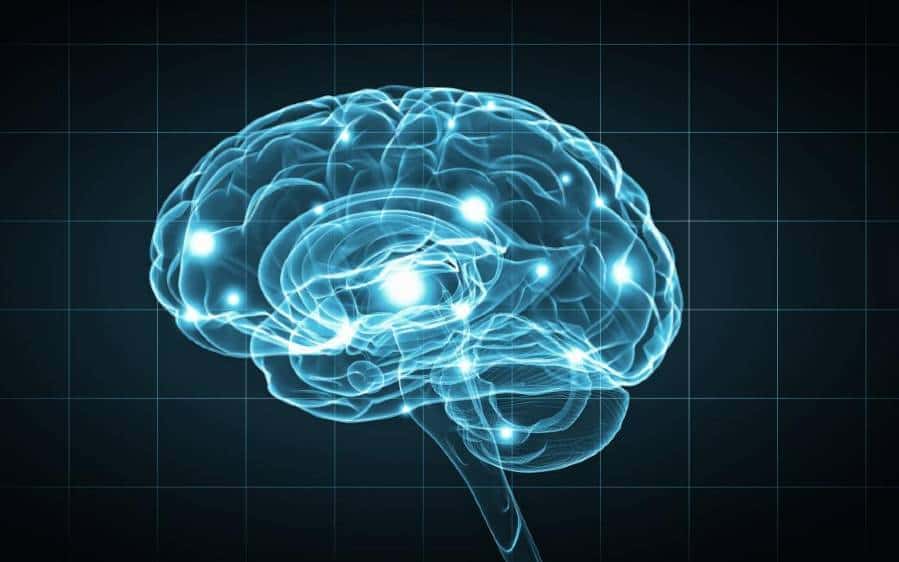The annual cost of treating brain diseases is in Europe €798 billion, globally it amounts to €3 trillion. In addition, over 90% of novel drugs being developed for brain diseases fail during the development process. One of the main reasons for this is that there are no good preclinical models available, since animal models do not correspond well to humans.
Researchers at the University of Helsinki have investigated a new kind of technical solution to make it possible to test drugs in models that are a better match to humans. The new Living Human Brain (LHB) solution enables the culturing of human-derived brain organoids, also known as mini-brains, from the cells of any individual.
In practice, this technical solution makes it possible to study drugs, before moving on to expensive clinical trials, on a platform that models the human brain. Furthermore, the solution is expected to offer significant help in the medicinal treatment of brain diseases. According to Professor Jari Koistinaho, who heads the research group, hospitals could utilise the technique in personalised therapies, as it enables the creation of patient-specific mini-brains.
For the first time, the solution incorporates all key cell types found in the human brain, including nerve cells, glial cells, cells of the immune system and cells that form blood vessels.
“LHB is brain tissue derived entirely from humans, which can be grown in a culture dish in a laboratory and which can be used to model the physiology of anyone’s brain. As raw material, we use human cells, which can be collected, for example, from a blood sample or skin. To begin with, we turn the cells into stem cells, after which we use them to grow mini-brains,” Koistinaho says. “The mini-brain can be also transplanted into living rodent brain, where it maturates further and allow high resolutions research on human brain as part of a living mammalian organism,” Koistinaho adds.
Help for treating brain diseases and reducing costs
In recent years, the competence base associated with stem cell-based technical solutions has been enhanced at the University of Helsinki and the University of Eastern Finland for the prevention of brain diseases. LHB too is a technical solution based on stem cells. The new solution helps to improve the therapeutic process of brain diseases, while reducing costs.
“The LHB solution can accelerate the identification of suitable personalised drug therapies for individual patients as much as tenfold,” says Koistinaho.
Alleviating the burden of costs in drug development is another great opportunity. With the help of the new LHB solution, costs could be significantly reduced by testing drug candidates in human-derived brain tissue already at the preclinical stage alongside animal testing.
“Among other things, our solution can reduce the number of unnecessary clinical trials by roughly 30%”, Koistinaho notes.
Strong support from Business Finland for commercialising the mini-brain technology
Business Finland has awarded more than €600,000 to the project for finalising and commercialising the LHB solution. The overall budget of the project, which will officially launch in August 2021 and run for two years, is €860,000.
Over the course of the project, the research group will survey various opportunities to commercialise LHB.
“According to our current estimate, the market potential of LHB is over €600 million through automated production, licensing the solution, and business partnerships”, says Elina Pörsti, MSc, MBA, who is responsible for the project’s commercialisation.
Helsinki Innovation Services (HIS) supports commercialisation projects
Helsinki Innovation Services Ltd (HIS), a company owned by the University of Helsinki, supports the University’s commercialisation projects from the funding application stage to completion.
As part of the support provided at the preparation stage, HIS organises coaching for teams seeking Research to Business funding, where project plans and sales pitches are polished and rehearsed to ensure the high quality of applications.
Kajsa Kajander, business development manager at HIS responsible for commercialisation projects, says that converting academic research into commercial solutions requires thorough preparation and the identification of a suitable funding model.
“Business Finland’s Research to Business model is a useful instrument when preparing for commercialisation. The University of Helsinki has gained positive experiences of commercialising research findings with the help of this funding. In fact, these funds have enabled the creation of 10 spinouts from the University of Helsinki in the past five years,” Kajander says.
“Support from HIS in terms of the funding application and the sales pitch for our solution were extremely important – thanks to that support, we were able to take our application to the next level,” Professor Jari Koistinaho says.


